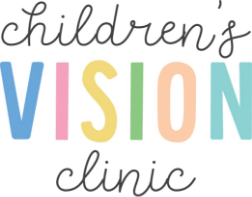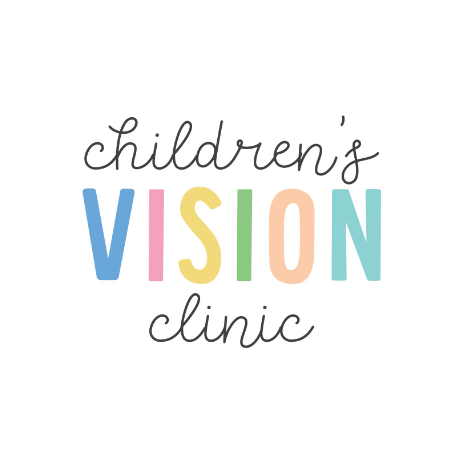What to look for?

Symptoms of Vision Problems in Children
Knowing what to look for with our kids and their vision is a big step in the right direction. We’ve put together this handy checklist to help you identify any potential issues with your child and their vision. If in any doubt, feel free to give us a call on (03) 5721 2989 or book an appointment.


Vision Checklist
- One eye turns out intermittently.
- Frequent blinking / rubbing of eyes.
- Excessive watering of eyes or light sensitivity.
- Frequently red eyes.
- Complains of tired or sore eyes / headaches / mental fatigue (“I can’t think anymore”).
- Complains of blurry or double vision with books or blackboard.
- Holds books close when reading or writing.
- Poor or unusual posture when reading or writing (eg. tilts head excessively to the side).
- Closes / covers one eye when reading or writing, or has an obvious tendency to favour one eye (eg. habitually holds print to one side).
- Squints, frowns, looks tensely or thrusts head forward to see blackboard clearly.
- Jerky eye movements (poor eye tracking).
- Poor ball-handling skills.
- Below average gross motor skills.
- Below average fine motor skills.
- Avoids close work.
- Has an excessively short attention span when reading or writing.
- Seems to fatigue easily with reading or writing.
- Poor recall of visually presented material.
- Slow or still to establish letter-sound correspondence.
- Slow or still to gain basic sight word vocabulary.
- Seems to lack decoding skills.
- Tends to make inaccurate sight word guesses when reading.
- Poor comprehension of what is read.
- Reverses words, confuses mirror-image letters beyond age / grade expected levels.
- Loses place, skips lines or omits small words when reading.
- Uses finger as marker to keep place when reading.
- Poor writing / has difficulty staying on the lines / poor spacing or sizing.
- Poor organisation or layout of written work.
- Slow to complete written work.
- Omits words or makes errors when copying.
- Reverses letters or numerals beyond age / grade expected levels.
- Has an awkward ‘pencil grip.’
- Spells phonetically regular words better than irregular words.
- Can spell better orally than in writing.
- Misaligns digits in columns or lines of numbers.
- Has difficulty with counting / tables / mental arithmetic / spatial concepts.


